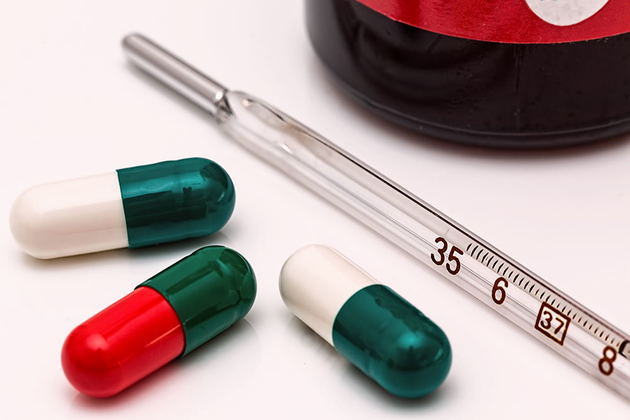
Nov. 6 (NBD) -- The R&D of innovative drugs will be a new "blue ocean" to the Chinese pharmaceutical industry, Song Ruilin, executive director of the China Pharmaceutical Innovation and Research Development Association.
According to him, with the help of a series of medical reform, there will be more opportunities than problems and risks in this new sector.
Last Friday, Jiangsu Hengrui Medicine Co., Ltd., a company specializing in the R&D of anti-tumor drugs, gained 4.14% and closed at 71.95 yuan (10.9 U.S. dollars) per share, pushing up its market cap to 202.7 billion yuan (30.6 billion U.S. dollars), the first pharmaceutical company with market value topping 200 billion yuan (30.2 billion U.S. dollars) on the A-share market.
Ding Lieming, Chairman and CEO of Betta Pharmaceuticals, Co., Ltd., said that the development of innovative drugs is going to enter its prime time, which accordingly will ease patients' economic burdens.
He made the remarks at the sixth anniversary of the company's launch of Icotinib (Conmana), which is China's first small-cell targeted anti-cancer drug with complete IPRs and freed Chinese patients' dependence on foreign drugs in this niche sector.
Since the second half of 2015, the Chinese government has been committed to creating a more enabling environment for the pharmaceutical industry.
According to Sang Guowei, academician with the Chinese Academy of Engineering, China approved the market launch of 24 independently developed new drugs from the starting of the 12th five-year-plan period to the end of last year, which is 5 times the number of new drugs marketed in the previous 50 years.
And the Recruitment Program of Global Experts also gave a strong boost to the development and approval of new drugs, added Ding.
However, there is still a long way to go. Drug research investments are still limited. And most pharmaceutical manufacturers are simply generic drug makers.
From 2001 to 2016, the U.S. Food and Drug Administration has approved 433 new drugs and 133 of them were exported to China. Of the 133, 59 drugs have generic versions from 4,700 Chinese drug producers, according to Sang.
Of course, making generic drugs faces smaller pressure in clinical tests, Ding said. But companies have to be more innovative to turn China from the largest drug consumer into a powerful innovative drug manufacturing country.
Email: tanyuhan@nbd.com.cn


 川公网安备 51019002001991号
川公网安备 51019002001991号





